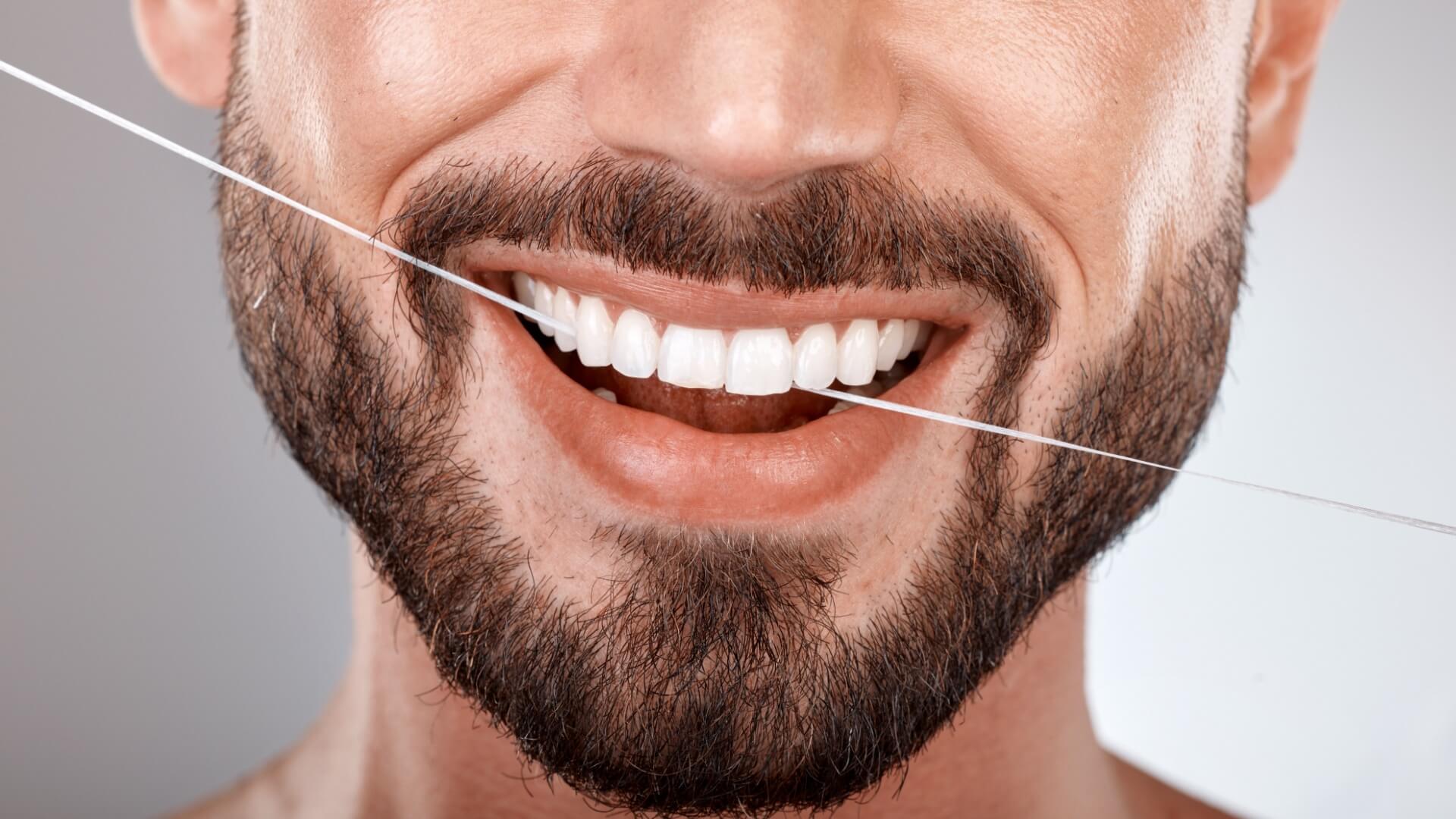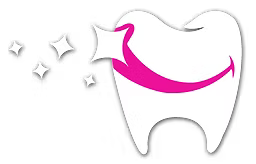Types of Floss & Flossing
The Complete Guide to Types of Floss and Flossing Techniques
Flossing remains one of the most important yet often overlooked aspects of oral hygiene. While most people understand the importance of brushing their teeth twice daily, many overlook the crucial step of cleaning between their teeth, which a toothbrush cannot reach.
The spaces between your teeth harbor bacteria and food particles that can lead to cavities, gum disease, and bad breath. Regular flossing removes plaque buildup and prevents these issues from developing into more serious dental problems. However, with so many types of floss and flossing methods available, choosing the right option for your needs can feel overwhelming.
Experience Dentistry will walk you through the various types of floss, alternative flossing methods, and proper techniques to help you maintain optimal oral health. Whether you’re new to flossing or looking to improve your current routine, understanding your options will help you make the best choice for your smile.
Types of Traditional String Floss
1. Waxed Floss
Waxed floss features a light coating that allows it to slide smoothly between teeth, particularly helpful for those with tight tooth spacing. The wax coating reduces the likelihood of the floss breaking or fraying during use, making it an excellent choice for beginners or anyone who has experienced frustration with traditional floss.
This type works especially well for people with rough dental work or sharp edges on their teeth that might catch unwaxed varieties. The smooth surface glides easily, reducing discomfort and making the flossing experience more pleasant.
2. Unwaxed Floss
Unwaxed floss consists of multiple thin strands twisted together, creating a slightly thicker profile that can grip plaque more effectively than its waxed counterpart. Some people appreciate unwaxed floss because it tends to “squeak” against clean teeth, providing audible feedback that plaque has been successfully removed.
While unwaxed floss may be more prone to shredding in tight spaces, its superior plaque-removal capabilities make it a useful choice for those who prioritize thorough cleaning over convenience.
3. Dental Tape
Dental tape offers a wider, flatter profile compared to traditional string floss. This design is ideal for individuals with larger gaps between their teeth or those with bridgework that requires more surface area coverage.
The broader surface area allows dental tape to clean a greater portion of a tooth’s surface with each pass, making the flossing process more efficient. People with sensitive gums often find dental tape gentler and more comfortable to use than thinner alternatives.
4. PTFE (Teflon) Floss
PTFE floss, made from a single smooth strand, represents the premium option in dental floss technology. Its ultra-smooth surface slides effortlessly between even the tightest teeth without catching or shredding.
This type of floss proves particularly valuable for people with crowded teeth or those who have had difficulty using other types of floss. While typically more expensive than other options, PTFE floss often justifies its cost through superior durability and ease of use.
5. Super Floss
Super Floss features a unique three-part design: a stiff threading end, a spongy middle section, and a regular floss portion. This specialized design addresses the challenges of cleaning around dental appliances, such as braces, bridges, and implants.
The rigid end helps thread the floss under wires or around dental work, the spongy section cleans larger spaces effectively, and the regular floss portion handles standard cleaning tasks. This versatility makes Super Floss an essential tool for anyone with complex dental work.
Alternative Flossing Methods
Floss Picks
Floss picks combine convenience with functionality, featuring a small piece of floss stretched between two prongs on a plastic handle. These disposable tools offer several advantages, particularly for people with limited dexterity or those who frequently floss on the go.
The handle provides better leverage and control compared to traditional floss, making it easier to reach back teeth. However, floss picks typically use the same piece of floss for multiple teeth, which may spread bacteria rather than removing it entirely.
Water Flossers
Water flossers, also known as oral irrigators, use pressurized water streams to clean between teeth and below the gumline. These devices excel at removing food particles and can reach areas that traditional floss might miss.
Water flossers prove particularly beneficial for people with braces, implants, or periodontal disease. They’re also gentler on sensitive gums and can help reduce inflammation. However, water flossers may not remove plaque as effectively as traditional floss, making them better suited as a supplement rather than a complete replacement.
Floss Threaders
Floss threaders serve as helpful tools for navigating dental appliances, such as braces or bridges. These thin, flexible devices help guide regular floss around wires, under bridges, or through other hard-to-reach areas.
While floss threaders require more time and patience than standard flossing, they enable people with dental work to maintain proper oral hygiene using traditional floss rather than relying solely on specialized products.
Factors to Consider When Choosing Floss
Selecting the right floss depends on several personal factors that affect both comfort and effectiveness.
- Teeth Spacing: Individuals with tight teeth often benefit from waxed or PTFE floss, while those with wider gaps may prefer dental tape or unwaxed floss for improved coverage.
- Dental Work: Braces, bridges, or implants often require specialized approaches like Super Floss or floss threaders to clean effectively around hardware.
- Sensitivity: Those with sensitive gums might find dental tape or water flossers more comfortable than traditional string floss.
- Personal Preference: Some people prefer the tactile feedback of unwaxed floss, while others prioritize the smooth gliding action of waxed varieties.
- Convenience: Busy lifestyles might benefit from floss picks for quick touch-ups, though they shouldn’t replace thorough traditional flossing entirely.
How to Floss Properly
Proper flossing technique maximizes effectiveness while minimizing gum damage. Start with approximately 18 inches of floss, winding most around your middle fingers and leaving about two inches to work with.
Hold the floss taut between your thumbs and forefingers, then gently guide it between your teeth using a sawing motion. Once the floss reaches the gumline, curve it into a C-shape against one tooth and slide it gently beneath the gum.
Move the floss up and down against the tooth surface, then repeat the process on the adjacent tooth before moving to the next space. Use a fresh section of floss for each gap to prevent the redistribution of bacteria.
The entire process should take two to three minutes and be performed at least once daily, preferably before bedtime, to remove the day’s accumulated plaque and food particles.
Experience Quality Dental Care in Scranton, PA
At Experience Dentistry, located in the heart of Scranton, PA, we understand that proper oral hygiene extends far beyond the dentist’s chair. Our team is dedicated to providing top-quality dental care tailored to your unique needs, helping you achieve and maintain excellent oral health while ensuring your comfort at every visit.
We believe in educating our patients about proper flossing techniques and helping you choose the right products for your specific situation. Whether you’re dealing with tight teeth, dental work, or simply want to improve your oral hygiene routine, our experienced team can provide personalized recommendations based on your individual needs.
Schedule a dental cleaning today at Experience Dentistry and let our team help you develop a personalized oral care routine that fits your lifestyle and keeps your smile healthy for years to come.




